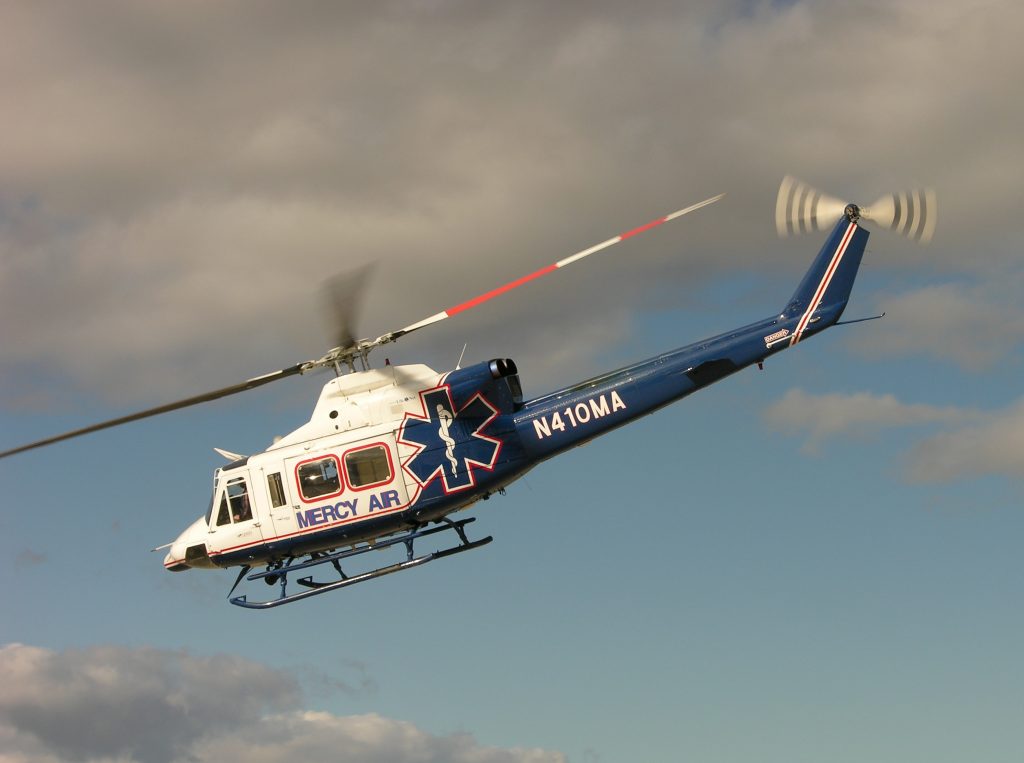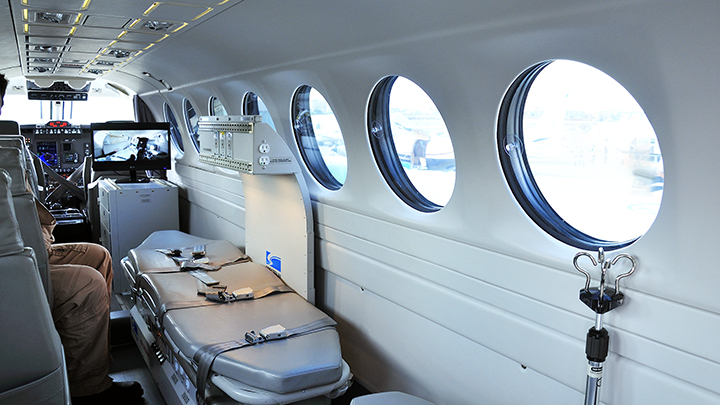Medical Air Transport
Published .
Best used in rural areas with less access to hospitals
There are numerous advantages for the use of medical air transport. Depending upon the operation, some can provide special therapies that would never be possible in an ambulance. For the most part, the personnel employed by medical air transport agencies are highly trained and experienced. Another benefit is speed. Despite the time it takes to load the patient onto a helicopter or airplane (considerably longer than an ambulance), aircraft could still beat the ambulance to the hospital (assuming it’s 100 miles away). All trauma facilities have helipads that are accessible by the trauma team. Obviously, the benefit of speed is lost in an urban area, as there are more hospitals that can be accessed easier with an ambulance than a helicopter.
All aircraft are limited by weather. Where an airplane could fly in terrible weather conditions due to their ability to use navigation devices, a helicopter is stuck only flying where they can see. While hospitals often have helipads for helicopters, the aircraft must be flown to the hospital under visual flight rule conditions (VFR). VFR flight requires the pilot be able to see visually see where the aircraft is flying. Airplanes can also fly at higher altitudes (when possible by patient condition) and can fly in less desirable conditions under instrument flight rules (IFR). Conversely, if the visibility is poor due to rain or low cloud ceiling, the helicopter won’t even take off. By nature, all aircraft are small, often limiting patient weight (based on the weight and balance of the aircraft, there will be a weight limit of the patient). It may be possible that a patient is too large to fly. In addition to weight limitations, some patients won’t fit into an aircraft due to their height.

The best place to meet an aircraft is always at at an airport. However helicopters are designed to take off and land at locations that are not an airport or a heliport. When the terrain is too unforgiving to drive, a helicopter may be the best choice to evacuate and transport a patient to the hospital. Non medical air transport helicopters can even be used to evacuate a patient from an area of rough terrain to an area where they can be received by an ambulance.
The cost of medical air transport is expensive. If an ambulance requests a helicopter to transport the patient to a trauma center, the patient will often receive a bill in the amount of $30,000 (2022 prices). That’s a lot of money to spend on the whim of medics working a motor vehicle accident. Since the expense is so great, medics should share the decision making process with medical control. By calling the local hospital and requesting orders for medical air transport, the medics won’t be expected to justify their decision to opt for such expensive transportation.



